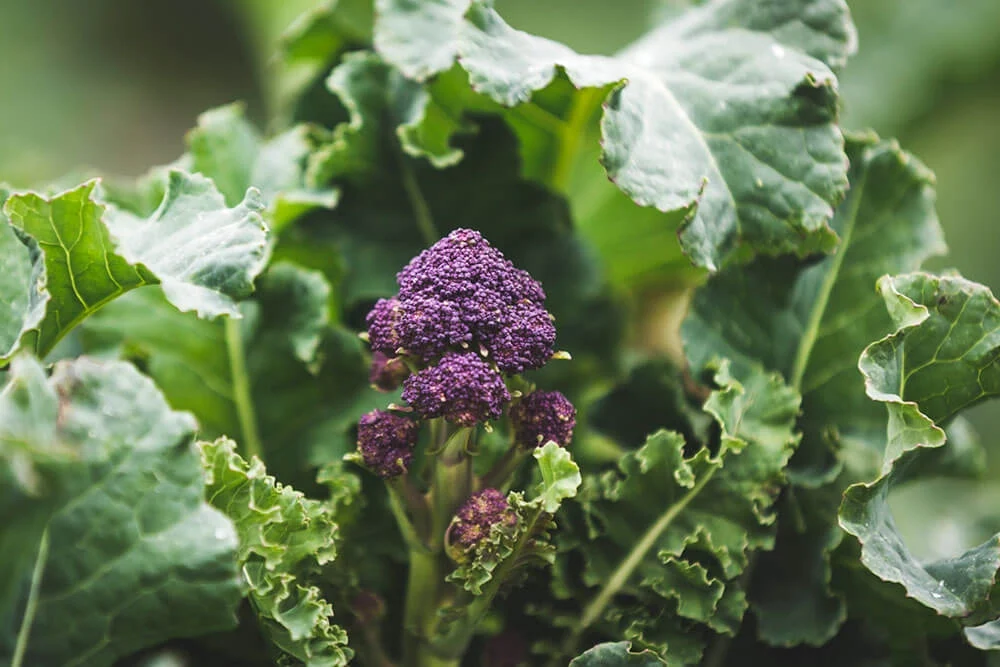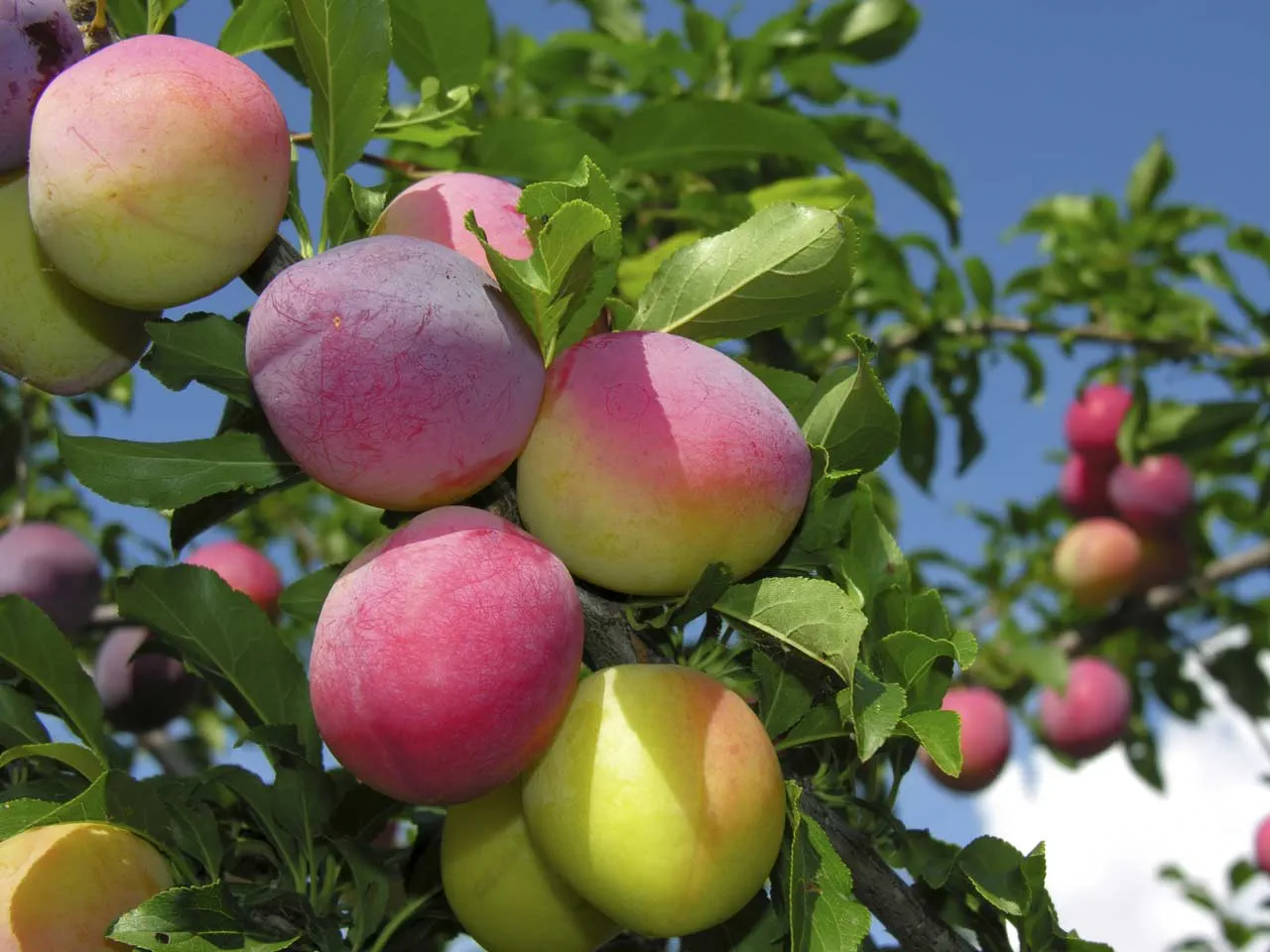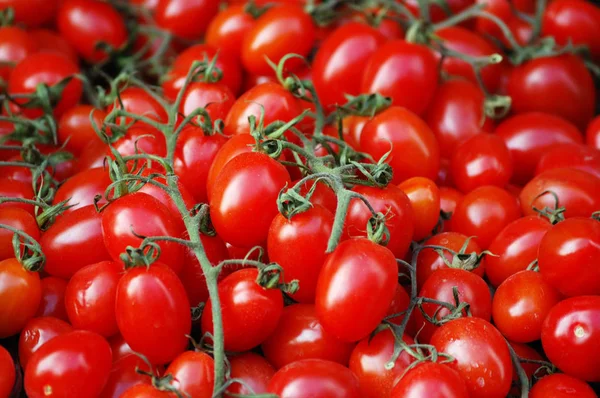How To Grow French Beans – Step-By-Step Guide

Table of Contents
French beans, also called snap beans or green beans, are a popular and versatile vegetable that can be used in various dishes. Whether you are an experienced horticulturist or a novice, cultivating French beans can be a fulfilling and pleasurable experience that can yield an abundant harvest of delectable and nutritious beans.
Learning how to grow French beans involves several critical steps, beginning with selecting the right site. French beans require total sun exposure, well-draining soil, and ample space to grow up to six feet tall. Preparing the soil is also crucial since French beans flourish in soil that is abundant in organic matter and has a pH range of 6.0 to 7.0.
From choosing the best location to harvesting and storing your product, this article will walk you through every step of planting French beans. By employing these tips and techniques, you may successfully learn how to grow French beansin your garden and take advantage of the many advantages of food gardening.
Selecting The Best Site
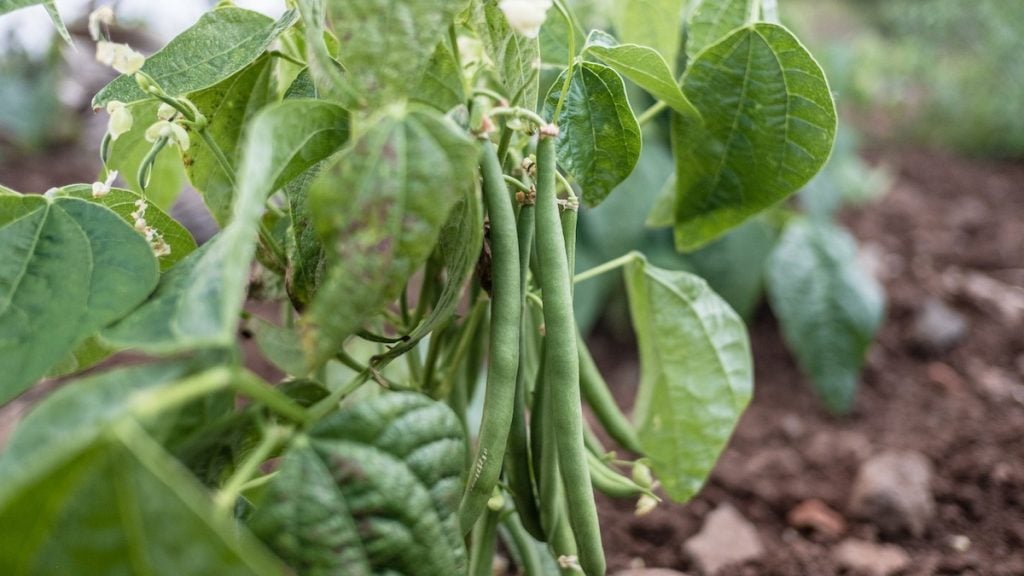
The success of French bean cultivation depends on choosing the right place. Here are some factors to consider when choosing a location for your French bean plants:
Sunlight: French beans require abundant sunlight, so choose a location that receives at least six to eight hours of direct sunlight per day to ensure the optimal growth of your French beans.
Soil: French beans grow best in well-draining soil rich in organic matter. Choose a location with fertile soil that has been amended with compost or other organic matter.
Water: French beans require consistent moisture to grow properly, so choose where they will receive regular watering. Be sure to avoid areas that are prone to standing water or flooding.
Wind: French beans are susceptible to wind damage, so choose a location sheltered from strong winds. If your garden is in a windy location, consider planting your French beans near a windbreak, such as a fence or a hedge.
Space: French beans can grow up to six feet tall, so choose a location with enough space to grow to their full height. Ensure to provide enough room between each plant to allow for good air circulation and avoid overcrowding. When selecting a location for your French bean plants, choose a sunny, sheltered spot with well-draining soil that is regularly watered and has enough space to grow to its full height.
Preparing The Soil
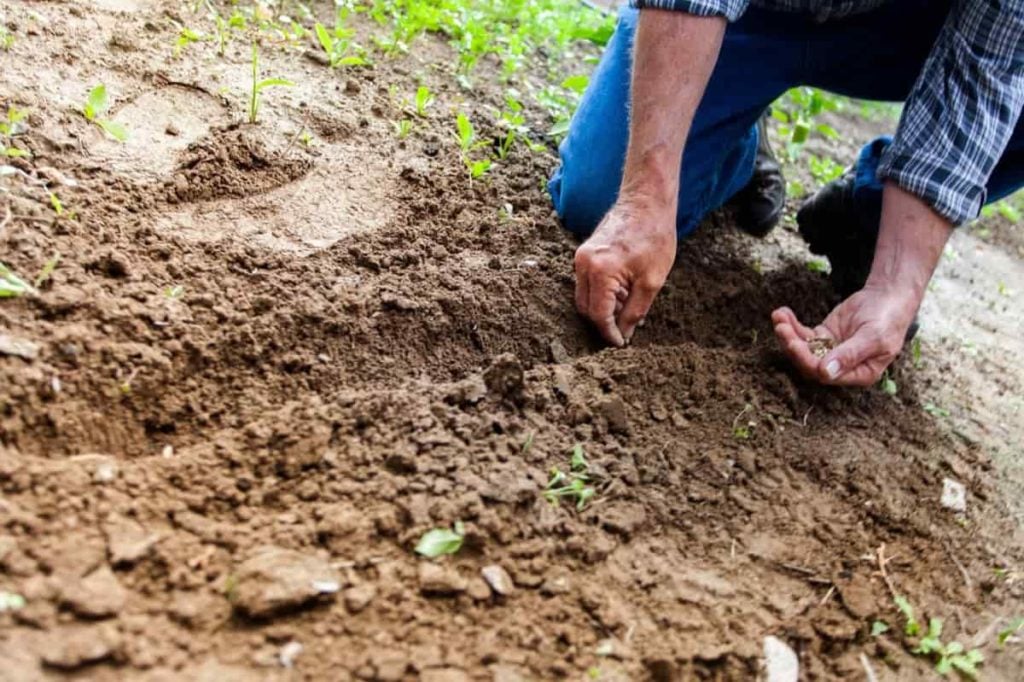
Preparing the soil is an essential step in planting French beans. Here are a few hints for making ready the soil for developing them:
Clear The Region: Remove any weeds, grass, or particles from which you propose planting your French beans. French beans want many areas to grow, so clean a massive sufficient region on your plants.
Loosen The Soil: Use a lawn fork or tiller to loosen the soil to an intensity of approximately 12 inches. This will assist in enhancing drainage and aeration and make it simpler for the roots of the French beans to grow.
Compost: French beans flourish in soil abundant in natural matter, so amend the soil with compost or well-decomposed manure. Blend it thoroughly to guarantee that it is uniformly spread throughout the soil.
Apply Fertilizer: French beans necessitate a well-balanced fertilizer, such as a 10-10-10 or 5-10-10 fertilizer. Adhere to the manufacturer’s guidelines for the suitable amount to apply to your soil.
Regulate pH: The optimum pH range for cultivating French beans is between 6.0 and 7.0. Assess the pH of your soil utilizing a soil testing kit, and regulate it as necessary by adding lime or sulfur.
Smooth The Soil: After you have readied the soil, employ a rake to smooth the surface and produce an even, flat surface for planting. Adequate soil preparation furnishes your French beans with a firm base for robust growth.
Planting French Beans
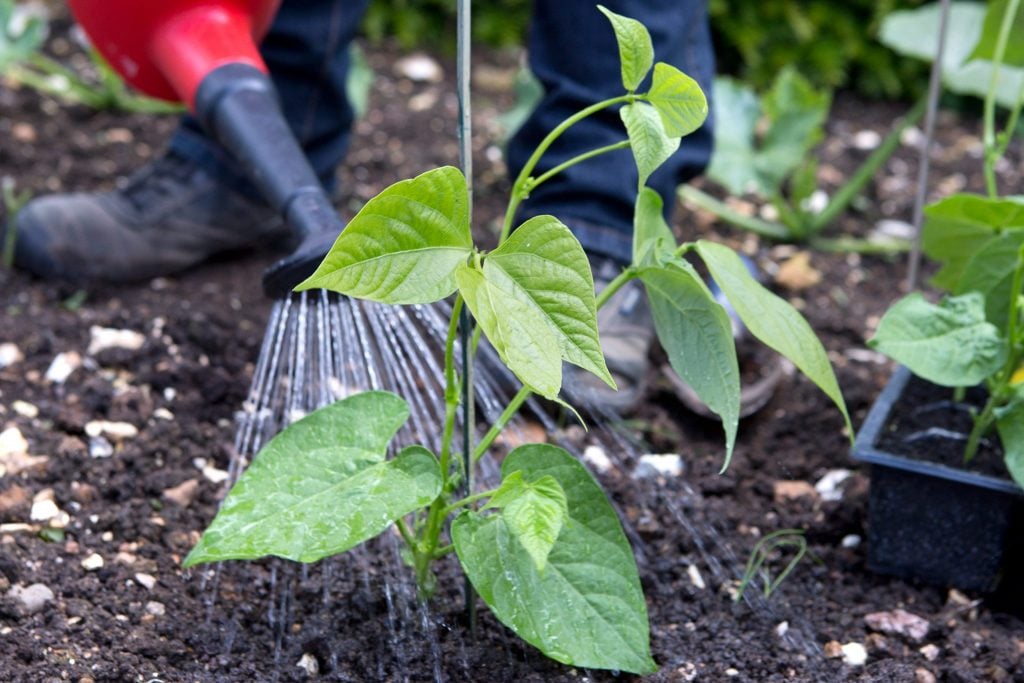
Once your soil is ready, it’s time to plant the French beans. Here are some steps to follow for planting French beans:
Planting Time: For a fall harvest, French beans can be planted in spring after the last frost or mid-summer. Check your local climate to determine the best planting time for your area.
Spacing: Plant your French beans in rows 18 to 24 inches apart, with individual seeds spaced 2 to 4 inches apart. This will allow the plants enough space for good air circulation.
Depth: Bury the seeds at a depth of 1 to 1.5 inches in the soil. Conceal the seeds with soil and lightly press them to guarantee their contact with the soil.
Moistening: Moisten the soil thoroughly after sowing to guarantee the seeds’ healthy sprouting. Maintain the soil’s moisture level consistently throughout the growth phase, but avoid excessive watering, as it may lead to root decay.
Support: French beans are climbing plants that require some support. Install trellises, stakes, or poles for the plants to climb on as they grow.
Mulch: Apply a layer of organic mulch, such as straw or chopped leaves, around the base of the plants. This will help to retain moisture, suppress weeds, and regulate soil temperature.
Care: French beans require regular care throughout the growing season. Water the plants regularly, feed them with a balanced fertilizer, and monitor for pests and diseases. Your French beans will thrive and produce a bountiful harvest with proper care.
Watering And Fertilizing French Beans
Watering and fertilizing are essential aspects of growing healthy French beans. Here are some tips for watering and fertilizing French beans:
Watering: French beans require consistent moisture throughout the growing season. Water the plants deeply once a week or more frequently during hot, dry weather.
Nitrogen: French beans are legumes that can help the soil fix nitrogen. By growing French beans after a crop that has received nitrogen fertilizer or by interplanting with a legume cover crop, you can minimize the amount of nitrogen fertilizer needed.
Do Not Overfertilize: Reduced yields and excessive vegetative growth might result from overfertilizing. For the right amount of fertilizer to use, adhere to the manufacturer’s recommendations and refrain from using too much. French beans must be consistently moistened and fertilized with a balanced fertilizer or organic material. Utilize mulching techniques, nitrogen-fixing methods, and refrain from overfertilizing. Your French beans will flourish with the proper care and yield a big harvest.
Controlling Weeds: Because weeds can compete with plants for nutrients and water, controlling weeds is crucial for adequately developing French beans. Here are some tips for weed control when growing French beans:
Hand-Weeding: Regular hand-weeding is one of the best ways to control weeds in your French bean garden. Pull weeds out by the root, being careful not to disturb the roots of your French bean plants.
Hoeing: Weeds between rows can be effectively controlled using a hoe to clip off weeds below the soil’s surface. When hoeing, don’t sever the French bean plants’ roots.
Companion Planting: Planting companion plants, such as marigolds or basil, can help to deter weeds and also attract beneficial insects to your garden.
Weed Barrier: Using a weed barrier, such as landscape fabric or black plastic, can help to prevent weeds from growing in your French bean garden. This is particularly useful in areas with heavy weed pressure.
Pre-Emergent Herbicides: Pre-emergent herbicides can prevent weed seeds from germinating in your garden. However, reading and following the instructions carefully is essential, as these herbicides can also harm your French bean plants. Overall, weed control in a French bean garden involves regular hand-weeding, mulch, hoeing, companion planting, weed barrier, and potentially pre-emergent herbicides. By implementing these strategies, you can maintain a weed-free garden and promote healthy growth for your French bean plants.
Proper Pest Control for French Beans
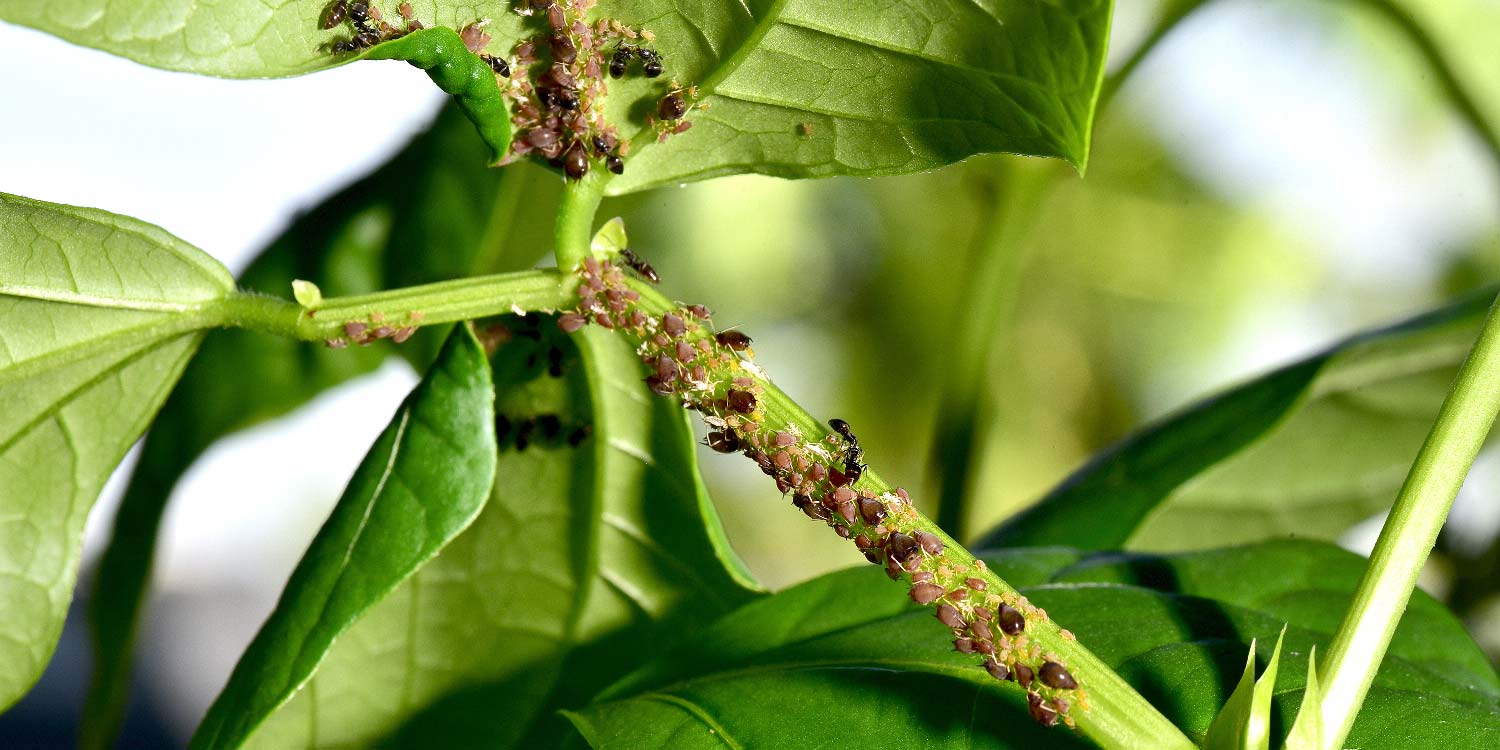
Pests can be challenging when growing French beans, but there are several effective strategies for controlling pests in the garden. Here are some tips for pest control when growing French beans:
Identify Pests: The first step in controlling pests is identifying which ones affect your French bean plants. Common pests for French beans include aphids, spider mites, bean beetles, and slugs.
Hand-Picking: You can control some pests by hand-picking them off the plants. Look for pests on the undersides of leaves, on the stems, and around the base of the plants.
Anti-Pest Soaps: Use insecticidal soap to safely and efficiently control soft-bodied insects like aphids and spider mites. Spray the soap onto the pests immediately, covering both sides of the leaves.
Hemp Oil: Aphids, spider mites, and bean beetles are just a few of the pests that hemp oil helps manage. Spray the plants, covering both sides of the leaves, using the oil and water mixture prepared following the label’s directions.
Row Covers: Row covers can physically exclude pests from your French bean plants. Cover the plants with a lightweight fabric, such as a floating row cover, to prevent pests from reaching the plants.
Companion Planting: Planting companion plants, such as garlic, onions, or marigolds, can help to deter pests from your French bean garden.
Crop Rotation: Rotate your crops to prevent the buildup of pest populations in the soil. Do not plant French beans in the same spot every year. Overall, pest control in a French bean garden involves identifying pests, using hand-picking, insecticidal soap, neem oil, row covers, companion planting, and crop rotation. By implementing these strategies, you can maintain a healthy garden and prevent pest damage.
Harvesting French Beans
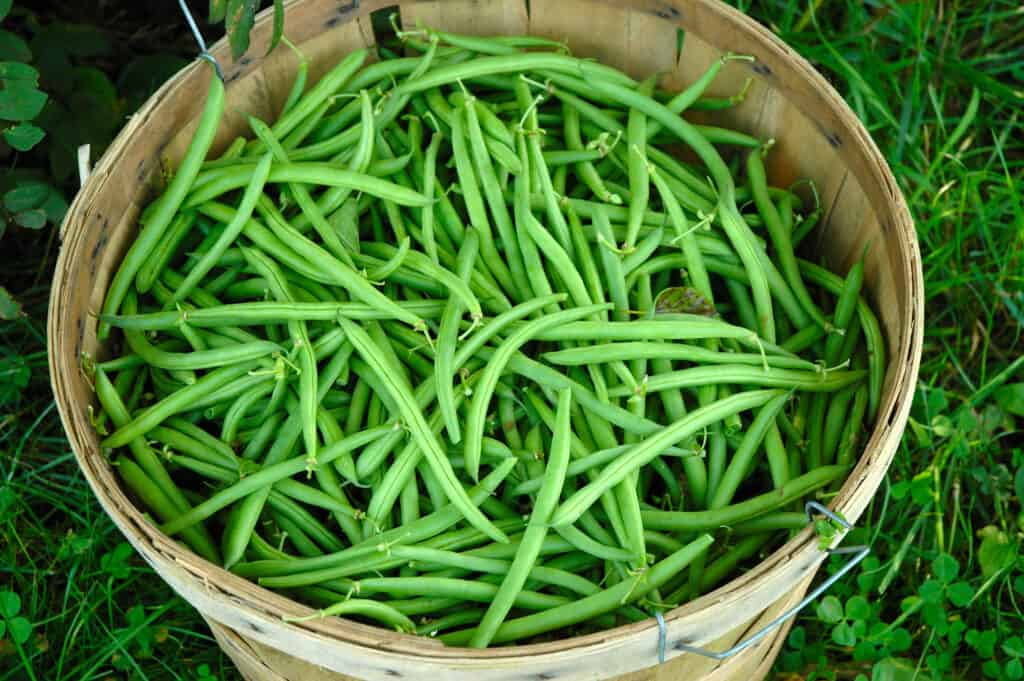
Harvesting French beans is an exciting part of growing your food, and knowing when and how to harvest them for the best flavour and texture is essential. Here are some tips for harvesting French beans:
Timing: French beans are ready to harvest when the pods are fully grown but before the seeds inside bulge. Depending on the variety, this can be anywhere from 50 to 80 days after planting.
Frequency: Harvest your French beans frequently, at least every other day, to encourage continued production. Leaving mature beans on the plant can signal to the plant that it’s time to stop producing new pods.
Method: To harvest French beans, gently snap or cut the pods off the plant with a pair of garden scissors or a sharp knife. Avoid tugging the pods off the French bean plant, which can damage the plant and reduce future yields.
Storage: Store fresh French beans in a plastic bag in the refrigerator for up to five days. Blanch the beans in boiling water for 2-3 minutes to freeze them, then place them in an airtight container or freezer bag for up to six months.
Seed-Saving: If you want to save French bean seeds for planting next year, allow some pods to mature on the plant until they turn yellow and dry out. Then, harvest the seeds and store them in a cool, dry place. Overall, harvesting French beans involves timing the harvest correctly, frequently harvesting, using the correct method, storing or preserving the beans, and potentially saving seeds for future planting. Following these tips, you can enjoy a bountiful harvest of delicious, homegrown French beans.
Ready To Grow French Beans?
By now, you know how to grow French beans. Growing French beans is a lot of fun and yields good results. Everyone can cultivate these healthy and tasty vegetables with little time and attention. A successful harvest can be ensured by taking the abovementioned steps, such as choosing the suitable size and soil type and providing the necessary water and nutrients.
The versatility of French beans is one of their many great qualities. French beans are a multipurpose vegetable that may be the foundation of a protein-rich salad or the star of your next dinner party side dish.
French beans add flavour and versatility to various dishes and are healthy for any diet. They are an excellent option for people watching their calorie intake or hoping to improve their digestive health due to their low-calorie count and high fibre content.
The experience of cultivating French beans may be enjoyable and fruitful for gardeners of all skill levels. If you follow the instructions above and give your plants the attention they need, you’ll be rewarded with a healthy and flavorful harvest of vegetables. Get out your shovel and gardening gloves and plant some French beans immediately.

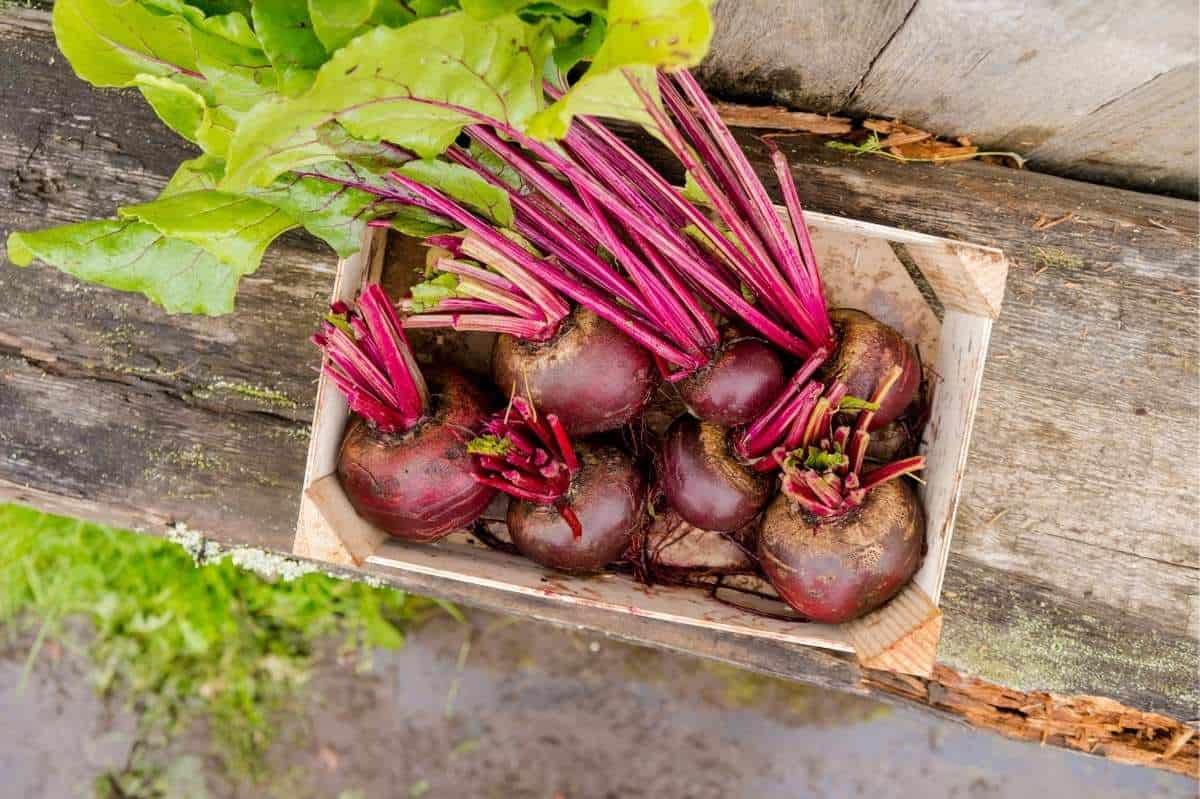
![How To Grow Rocket In Your Garden [4 Easy Steps]](https://staging.thearches.co.uk/wp-content/uploads/How-To-Grow-Rocket-In-Your-Garden.jpg)
